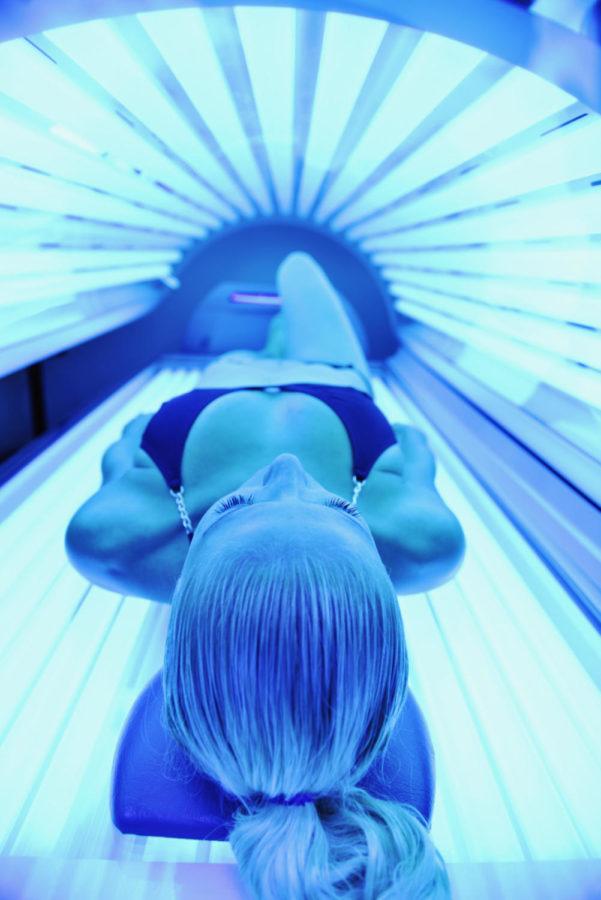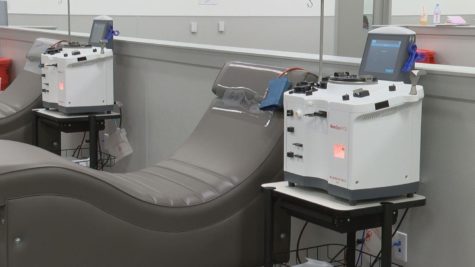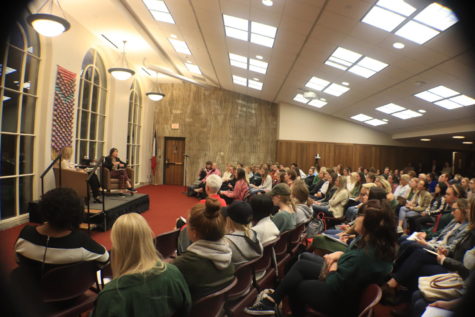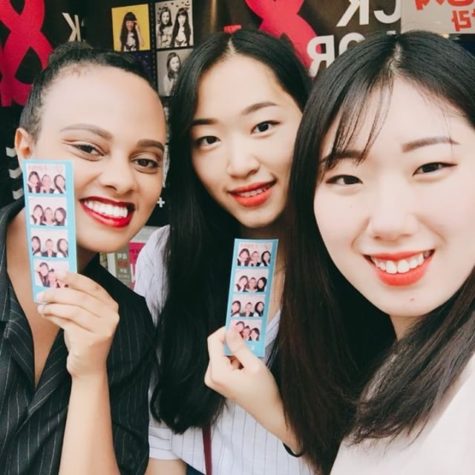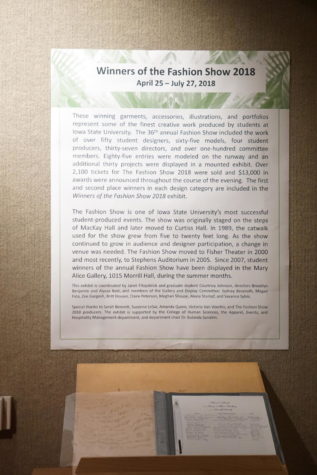Don’t get burned by tanning beds
Using tanning beds with UV rays, like the one shown above, can be damaging to the skin.
January 27, 2016
A total of 2.5 million teenagers use tanning beds every year, according to the Melanoma Foundation. This includes 35 percent of 17-year-old girls.
Tanning beds emit up to 15 times more UV radiation than the sun, which makes using them more dangerous than sitting in direct sunlight, according to the Melanoma Foundation.
Many people may be unaware that tanning beds emit mostly UVA rays, which can damage DNA cells by penetrating the dermal-epidermal junction of the skin. When this happens, abnormal cells that cause melanoma begin to grow. Some tanning beds may also emit UVB rays, which also increase the chances of developing melanoma.
The American Cancer Society defines melanoma as “a cancer that begins in the melanocytes.” This is the most serious type of skin cancer and one that commonly presents itself as a result of indoor tanning. It is one of the most common cancers of young adults, especially young women.
Although melanoma accounts for less than 2 percent of skin cancer cases, it causes the majority of skin cancer deaths. Melanoma kills one person every 50 minutes. Every time people expose themselves to tanning beds they not only increase their risk of developing melanoma but also increase their risk of premature skin aging, changes in skin texture and even blinding eye diseases.
There is no doubt that tanning is a way for girls to feel more comfortable in their prom dresses, prevent themselves from getting sunburnt at the beach and a way for them to “fit in” to popular culture.
“Before I went to Mexico one year, I tanned so I didn’t get so sunburnt at the beach,” said Kierstyn Feld, sophomore in architecture.
A base tan does very little to protect skin from future damage,” according to the Center for Disease Control and Prevention. In fact, people who tan indoors regularly are more likely to get sunburnt.
“I used to tan a lot in high school, usually before prom and homecoming, because it was the cool thing to do and I thought I would fit in,” said Gracie Snow, freshman in apparel, merchandising and design.
A total of 13 percent of all high school students indoor tan, including 31 percent of white high school girls and 27 percent of all girls in 12th grade, according to data from a 2013 study by the Youth Risk Behavior Surveillance System. Just one visit to a tanning bed can increase the risk of developing melanoma by 20 percent.
There are many things people can do to decrease their risk of melanoma and other types of skin cancer, but they will have to begin by ditching the tan. The Melanoma Foundation offers “Sun Safety Tips” for people who want to keep them and their friends and family safe.
They can begin by staying clear of tanning beds, tans and sunburns. Wearing an SPF of 30+ on a daily basis, avoiding the sun at peak hours of the day — about 10 a.m. to 2 p.m. — and remembering to apply SPF every two hours will help prevent sunburs.
For more information about the dangers of tanning, advice and statistics, visit mfne.org.

